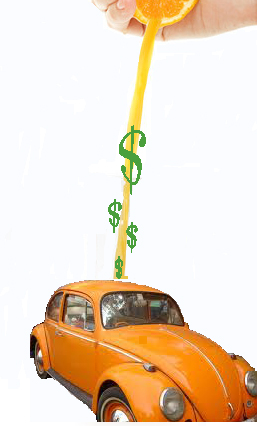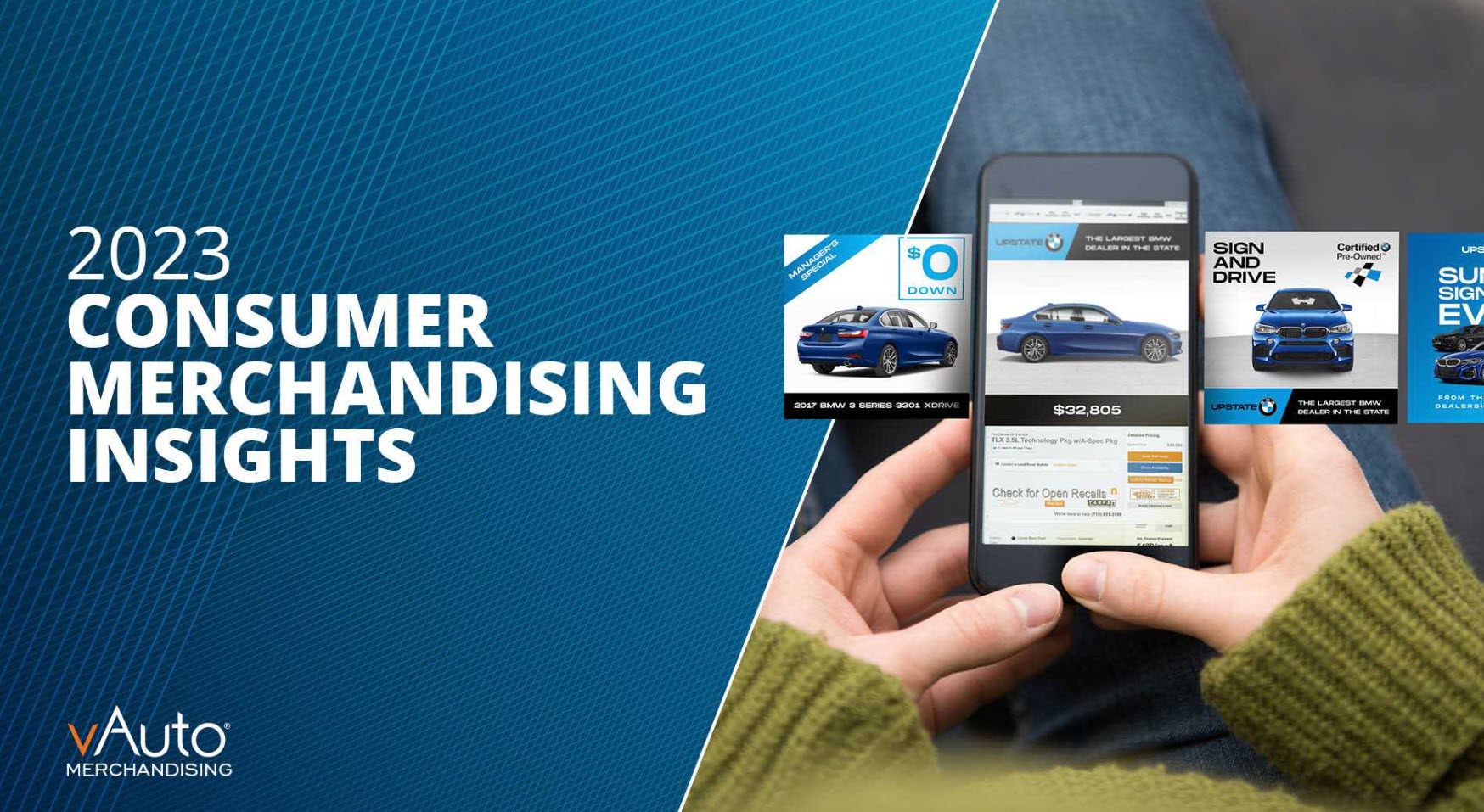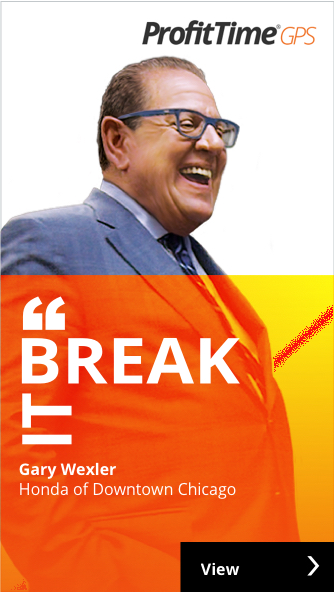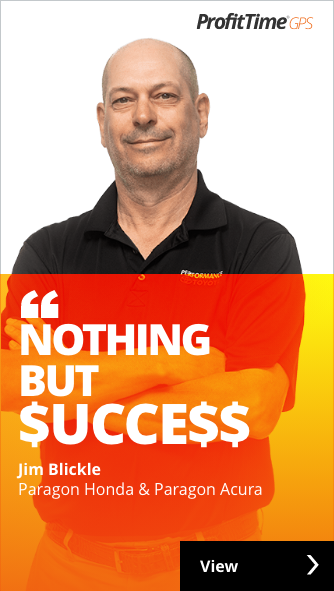The Orange Juice Imperative: 3 Ways To Combat Margin Compression
At a recent 20 Group meeting of Chevrolet dealers, a dealer told me that the average front-end used vehicle gross profit for the group was down $275, while expenses were up 11 percent.
The dealer then asked a question that I’ve heard multiple times in recent months: “Dale, what can we do about this? I got into this business to make a profit, not watch it wither away.”
Unfortunately, the answer to this question often isn’t satisfying or simple for most dealers. The reason? The compression of dealer margins is a relatively new phenomenon, and its symptoms and remedies often seem foreign to dealers steeped in traditional used vehicle inventory management practices.
To help dealers understand what’s different about today’s retail environment, I share this story:
There was an orange juice retailer who’d built a successful business. Of late, though, he has noticed that his oranges aren’t as juicy as they used to be; he needs more oranges to make the same amount of juice and profitability he’s achieved in the past.
used to be; he needs more oranges to make the same amount of juice and profitability he’s achieved in the past.
The orange juice retailer finds a way to get more oranges, but it creates another problem: His production processes can’t accommodate the additional volume, which means the less-juicy oranges sit under a hot sun for a longer period of time, losing even more of their juice and production/profit value.
To address this problem, the orange juice retailer correctly realizes he needs to retool his production processes to handle more oranges in less time. Soon, he’s able to produce the amount of juice and profitability he needs to ensure a viable business.
For me, the story highlights the same dynamics dealers face in their used vehicle departments today.
Broadly speaking, there’s less juice, or profit potential, in used vehicles than there used to be. This new reality means additional sales volume is a necessity for growth-minded dealers. Likewise, dealers have their own “hot sun” to worry about—namely, the margin-compressing effects of market transparency, volatility and rising expenses in their used vehicle departments.
Given these conditions, I believe it’s imperative that dealers sell more used vehicles in less time to maximize the profitability and vitality of their used vehicle operations. Here are three recommendations to achieve this objective:
Expand your ability to acquire the “right” cars. You can’t build volume if you’re not working harder and smarter to acquire the “right” cars at the “right” money from auctions and trade-ins. Two metrics help dealers meet this objective—Market Days Supply, which identifies how fast a vehicle will sell based on the same/similar competing units available a market; and Cost To Market, which helps dealers determine the “right” money to put into a vehicle and achieve their profit objectives.
Price vehicles to maximize profitability and turn. While most dealers recognize that they should price their vehicles to be competitive in the market, they don’t often do it—and the speed and volume of their sales suffers as a result. In today’s market, I believe that used vehicle pricing should achieve two important objectives—to maximize each vehicle’s profit potential in the local market and sell the vehicle in the shortest timeframe possible. Velocity dealers use the Price To Market metric to ensure their used vehicle pricing is constantly aligned to meet both goals.
Limit your inventory’s exposure to the “hot sun.” As noted above, the “hot sun” of today’s market saps used vehicle margins faster than it used to. In this environment, dealers who allow 60, 90 or 120 days to retail a used vehicle are asking for trouble. This is why I encourage dealers to maintain at least 50 percent of their used vehicle inventories below 30 days of age, and allow each vehicle a maximum 45-day window as a retail unit. Dealers who achieve these operational standards are able to retail a greater number of “fresh cars” faster and maximize the gross profit inherent in every unit.
Of course, the adoption of these recommendations isn’t easy—and it’s especially difficult for dealers who, out of belief and habit, cling to traditional used vehicle management practices that largely make margin compression worse at their dealerships. For them, I fear it’ll only be a matter of time before they’re squeezed out of business.
The post The Orange Juice Imperative: 3 Ways To Combat Margin Compression appeared first on Dale Pollak.

















